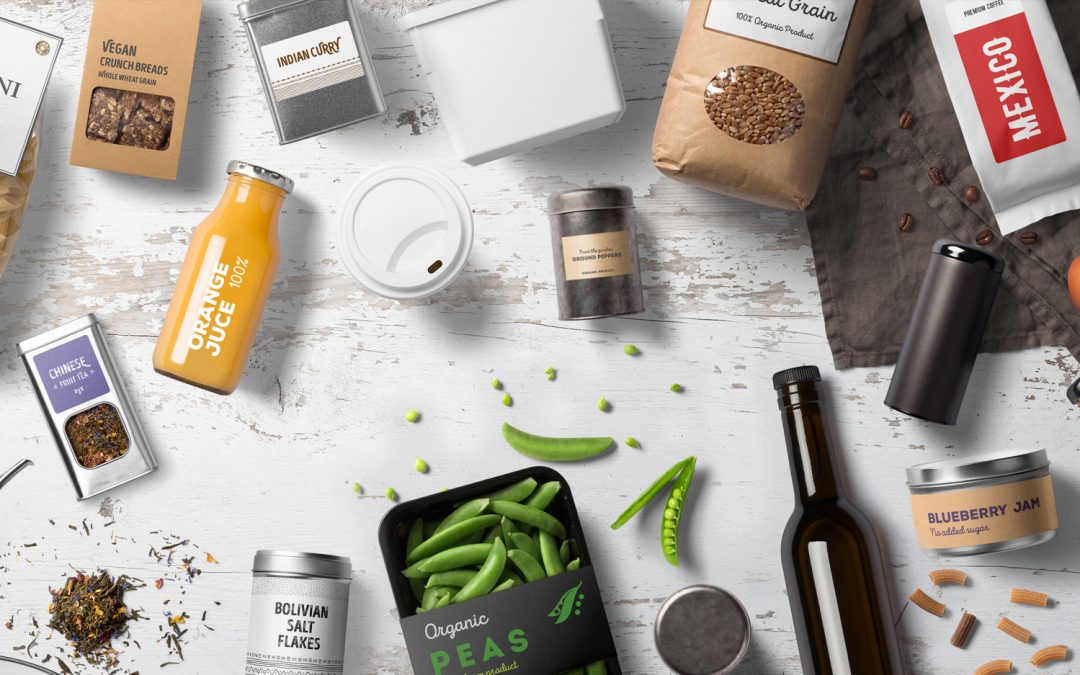Is packaging design the Rodney Dangerfield of the marketing world? It doesn’t get nearly the respect accorded to advertising, social media, PR or other vehicles intended to make impressions on consumers.
Yet, packaging could be the single most important branding tool at a marketer’s disposal.
The Purpose of Packaging
Most experts will say that this is the role of packaging:
- Contain and protect the contents
- Attract the attention of the consumer in a retail environment
- Close the sale (by providing the rational and/or emotional reasons to purchase)
That’s pretty important stuff, isn’t it?
But there is one more big job that packaging does: Build awareness. This is the benefit most people undervalue.
Brand Awareness
In store, the package (especially if billboarded), delivers in-context brand impressions to shoppers as they walk by and scan the shelves deciding what to buy. We’re talking lots of impressions if the brand is distributed nationwide. Tens of millions of shoppers walk down store aisles every day. Those impressions add up over time. Even if the product is not purchased, the packaging is on duty for as long as it stays on shelf, unlike advertising and PR, which are ephemeral and require continuous investment over time. If that’s hard to believe, then what could explain why we have one client that recently proved to have over 70% brand awareness in its core market despite little media spend? The reason? Prominently merchandised distribution in key channels.
Packaging is the only form of branding that you invite home. The consumer handles the package when putting it in the cart, and when it is put away. Then, they see it every time the cabinet or fridge is opened, and handles it again when taking it out and opening it and using it. Is there any other marketing element that provides a more engaging or more intimate experience? Packaging – how it looks, the information it provides, and the physical functionality are all part of the ongoing conversation between your brand and the consumer.
If a billboard or radio spot underperforms, you can change it quickly and easily. A package? Not so much. The lesson here is to make sure that your package design process is rigorous and deliberate. It should be informed by objective consumer insights, not personal taste, and you need to allow enough time (and budget) to go through multiple designs until you get it right. According to one study by Nielsen, the right package design can yield a 7x return on investment for a small brand, and more for a large brand. Now that deserves some respect.

